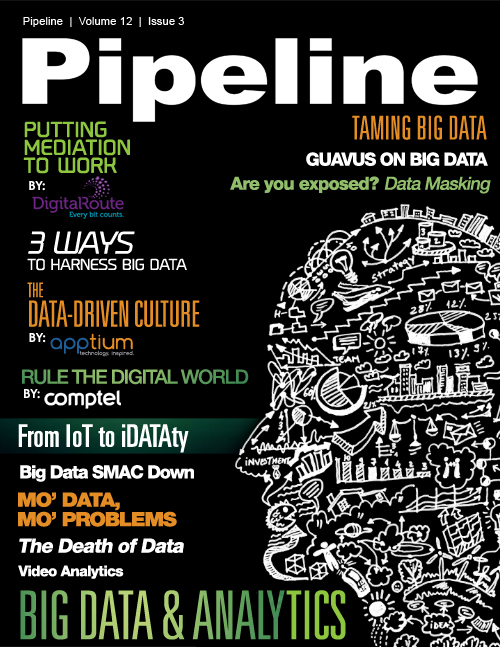The Power of Video Analytics
By: Jesse Cryderman

Remember when cameras were added to flip phones? It seems like eons ago. But less than a decade ago, consumers were happy to take grainy, low-res snapshots from the palm of their hands. Mobile video was close behind. Verizon’s V-cast, which delivered similarly grainy low-res video, became relatively popular. Then the smartphone revolution happened, and the rest is history. Today, YouTube users upload 100 hours of video every minute, and the pace continues to increase. Streaming and on-demand video has overtaken appointment-based pay-TV. And now that affordable TVs sport 4K Ultra HD functionality, video file sizes have ballooned.
You may have heard that video didn't just kill the radio star; but it's also crushing mobile and terrestrial networks. Consumers just can’t get enough. According to the latest report from Sandvine, Netflix alone accounts for 36.5 percent of downstream traffic in North America!
Service providers have responded to the demand for ever more video with P2P video options. A new service from Comcast, for example, allows customers to stream live video from a mobile device to the home, so the family at home can view junior’s soccer match. Facebook recently flipped on its own live streaming service. And T-Mobile just announced video calling via its implementation of RCSe.
This phenomenon intersects with big data in two significant ways. First, the majority of the video data being created and consumed is, in fact, unstructured. Smartphones are capable of capturing high-definition video, and there are never enough moments to capture or share. There is also more security, monitoring, and safety cameras in use than ever before. Second, quality of experience is front of mind for service providers and analytic solutions that can monitor video services across increasingly complex network environments are crucial.
Tackling unstructured video data
One of the largest issues facing service providers is the sheer quantity of video data shuttling through their networks. This was less of a problem when the only game in town was structured video data. That is to say, video content that has been cataloged and for which stream visibility and metadata is certain. As we know, most video data is of the unstructured variety, originating from smartphones, security cameras, connected cars, baby monitors, and soon, millions of IoT devices. Each video type has different characteristics, service needs, and delivery requirements. Service providers need visibility into these disparate streams in order to prioritize traffic, boost capacity, and deliver a quality of service (QoS) that meets the expectation of the consumer.
Correlating unstructured data with other big data, like network performance and subscriber information, enables CSPs to proactively plan for big events and respond in near-real-time to traffic surges. Additional data from third-parties, like social networks, is also valuable. For example, a CSP can ascertain the relative popularity of a new television series through Facebook, correlate that with the average number of mobile users who are using video services during the program, and adjust resources accordingly. Analyzing and incorporating unstructured data provides answers to questions like: what percentage of mobile traffic during a Milwaukee Brewers' game is video upload headed to YouTube or Facebook? And how can this be accommodated or monetized?





















